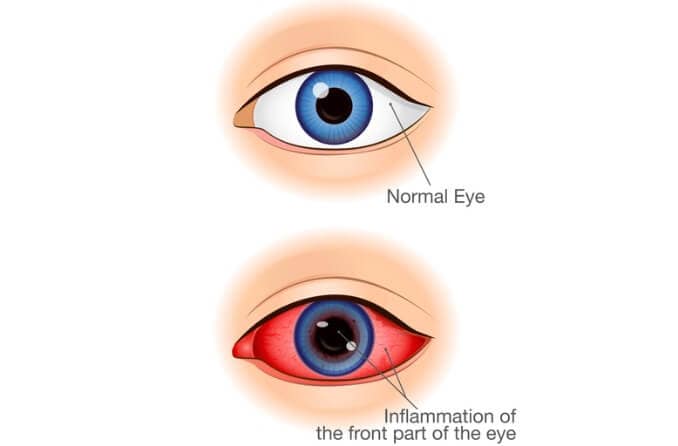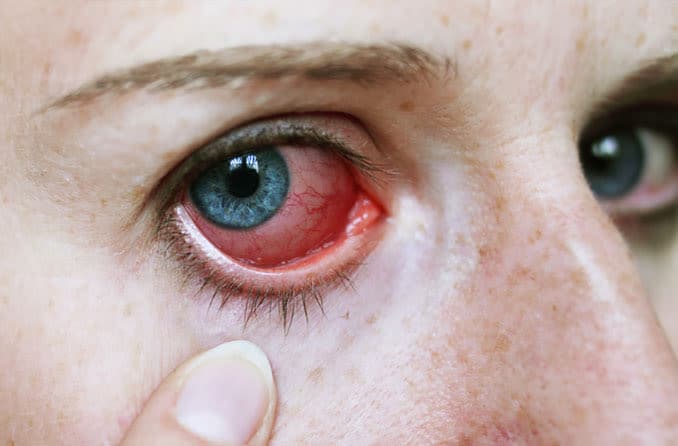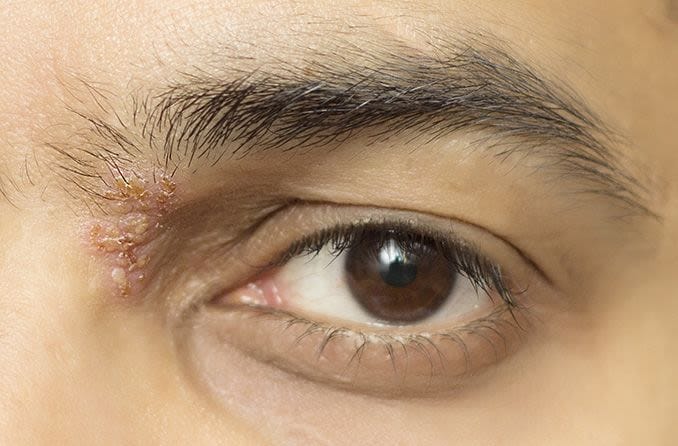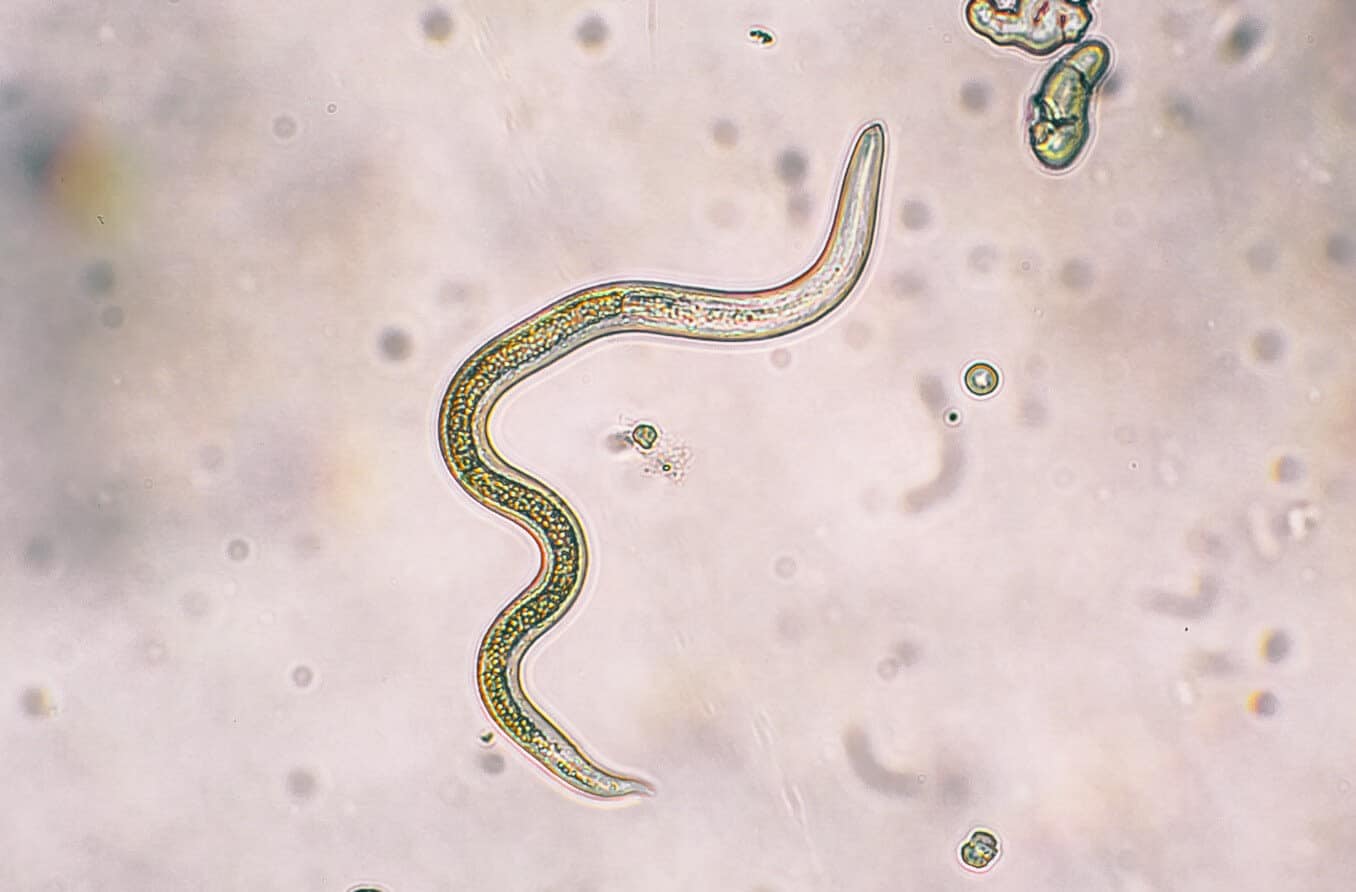What is ocular syphilis?
Ocular syphilis occurs as a complication of syphilis, a sexually transmitted disease. This condition can happen at any stage of untreated syphilis. It involves serious, long-term eye and vision complications when it remains untreated. Ocular syphilis can mimic many other medical eye conditions.
Ocular syphilis causes
Syphilis is a sexually transmitted disease caused by infection from the bacterium Treponema pallidum. Ocular syphilis can happen when the syphilis infection goes untreated.
Ocular syphilis can also occur as a result of neurosyphilis. This is a disease that affects the coverings of the brain or the spinal cord. Neurosyphilis affects the nervous system and can occur in people who have syphilis, especially if the syphilis goes untreated.
Ocular syphilis symptoms
Depending on the stage of the untreated syphilis infection, ocular syphilis symptoms can show up in a variety of ways. Ocular syphilis symptoms can appear at any stage of syphilis.
Ocular syphilis is known as “the great imitator,” since this condition can mimic many other eye conditions. Ocular syphilis symptoms can also overlap between the second and third stages of the condition.
Syphilitic uveitis is the most common sign of syphilis in the eye. If left untreated, it can be a blinding condition. It may occur in all stages of syphilis except primary.
Primary syphilis: In the earliest stage of untreated syphilis, ocular syphilis sores known as chancres can appear on the eyelid. These sores can also show up on the conjunctiva of the eye — the clear, thin membrane that lines the sclera and the inner surface of your eyelid.
Secondary syphilis: This stage occurs after four to 10 weeks of untreated syphilis. In this stage, the eyes are affected in about 10% of people. At this point, ocular syphilis can appear as a rash on the eyelids. The rash can lead to blepharitis, a condition that makes your eyelids inflamed, sore, crusty and red. Other symptoms of ocular syphilis in the secondary stage include:
- Madarosis – Loss of eyelash or eyebrow hair
- Conjunctivitis – Itchy, red, watery eyes and mild light sensitivity
- Episcleritis – Painless redness in the eye with no discharge
- Keratitis – Red and watery eyes, pain, light sensitivity and blurry vision
- Uveitis – Inflammation of the middle tissue layer of the eyeball, called the uvea
- Iritis– Inflammation of the iris
- Inflammation of the ciliary body of the eye, located directly behind the iris
- Inflammation of the retina
- One or more yellowish lesions that appear in the macular area of the retina
Latent (hidden) syphilis: If syphilis goes untreated, it progresses from the secondary to the latent stage. Latent syphilis has no symptoms and can remain in this stage for years or even decades.
Tertiary syphilis: With the third stage of syphilis, chronically inflamed lesions can appear on the skin. This same type of lesion, known as gumma, can also develop on the eyelids and cause tear glands to become inflamed. Other symptoms include:
- Orbital periostitis in both eyes (inflammation of the connective tissue surrounding the orbit, aka the eye socket)
- Blepharitis
- Loss of eyebrows or eyelashes
- Corneal inflammation (keratitis)
- Inflammation of blood vessels in the eye
- Retinal detachment with abnormal accumulation of fluid
Congenital syphilis: Congenital syphilis occurs when a mother who has syphilis passes the infection on to her baby during pregnancy. Ocular syphilis symptoms caused by congenital syphilis most commonly appear as inflammation of the corneal stroma. The corneal stroma is the middle layer of your eye’s cornea. Babies are also at risk for retinitis pigmentosa (a late-stage symptom) and glaucoma.
SEE ALSO: What is eye (ocular) herpes?
Ocular syphilis diagnosis and treatment
If you have symptoms of ocular syphilis, schedule a comprehensive eye exam with your eye doctor right away. The doctor will perform a series of tests to make a diagnosis.
Tests include examining the appearance and function of your pupils, retina, optic nerve and back of your eye, as well as sharpness of vision. Your eye doctor will also check the pressure in the eyes. Diagnosis methods also include a blood test for syphilis.
Ocular syphilis is treated with penicillin. Depending on the stage of ocular syphilis, treatment may be a single dose or multiple doses of penicillin over a couple of weeks. Your eye doctor may also prescribe oral steroids to control eye inflammation. For people allergic to penicillin, the doctor may prescribe doxycycline or another antibiotic.
Your doctor may also recommend pain medication and lubricating eye drops or ointments to ease irritation.
What are long-term complications of untreated ocular syphilis?
When ocular syphilis goes untreated, the condition can lead to long-term eye and vision complications, including blindness. Long-term effects of untreated syphilis include:
- Glaucoma
- Cataracts
- White or cloudy cornea
- Uveitis
- Epiretinal membrane: A fibrous, thin layer that forms over the macula and becomes scar tissue, interfering with vision
- Fluid collecting in the macula, making it hard to see
- Deterioration of the optic nerve, which sends impulses from the eye to the brain
- Scarring of the choroid and retina
- New, abnormal blood vessels that cause vision loss when they leak or bleed: This symptom is rare
What if I think I have ocular syphilis?
Make an appointment with your eye doctor as soon as you notice ocular syphilis symptoms. The doctor will perform an exam to make a proper diagnosis and recommend treatment.
Do not ignore ocular syphilis symptoms. When ocular syphilis is diagnosed and treated early, most people will not experience long-term complications from the condition.
When ocular syphilis goes untreated, the condition can lead to serious eye conditions, including vision loss and even blindness.
How to prevent ocular syphilis
The best way to prevent ocular syphilis is to use protection, such as a condom, during sex with a trusted partner. If you receive a syphilis diagnosis from your primary care physician, follow the course of treatment the doctor recommends to prevent the spread of syphilis to the eyes.
ALSO RELATED: Can you get chlamydia in the eye?










